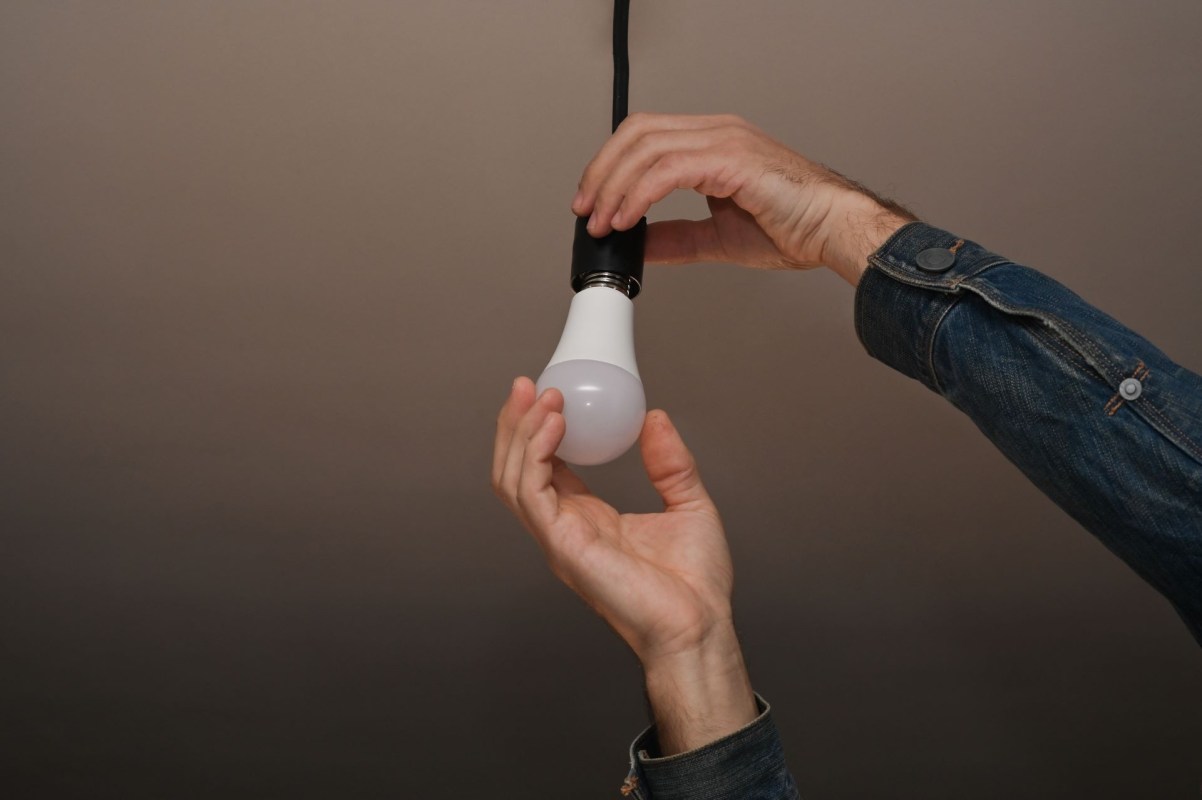Environmentally conscious consumers have been choosing LED light bulbs over alternative options for some time now — LED bulbs are more energy-efficient and longer-lasting, saving you money while also cutting down on environmental impact.
And now, the United States government is taking steps to make sure that all light bulbs sold meet those standards. In December, the U.S. Department of Energy (DOE) announced that it wants to raise the minimum common light bulb efficiency level from 45 lumens per watt to over 120 lumens per watt.
For those of us that might be unfamiliar with light bulb efficiency terminology, it boils down to this: Once the new rules go into effect, all the light bulbs you buy in the U.S. will last a lot longer, saving you money in the long run.
The DOE has already made moves to ban incandescent bulbs (the least efficient of the three common bulb types) starting this year. The new rules will also begin to phase out the sale of CFL bulbs (the second-least-efficient type).
That's a win for American consumers who will save money on light bulb purchases and energy costs without having to do any light bulb research themselves.
It's also a win for the planet. The DOE estimates that phasing out incandescent and CFL bulbs will result in a massive reduction in the amount of carbon dioxide and methane gas — two of the gases most responsible for the overheating of our planet — being released into the atmosphere.
More information about the DOE's plans regarding light bulbs is available on the department's official website.
Join our free newsletter for cool news and actionable info that makes it easy to help yourself while helping the planet.









